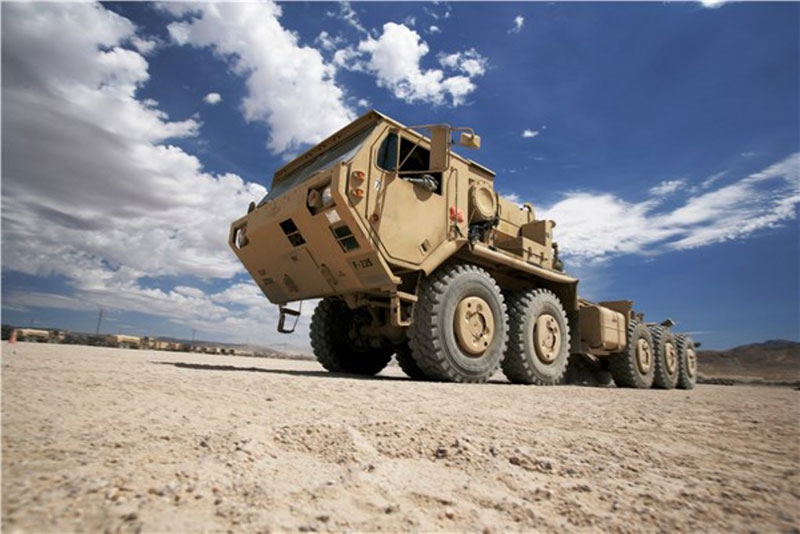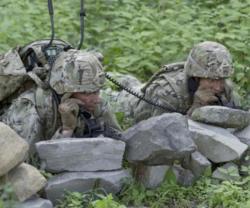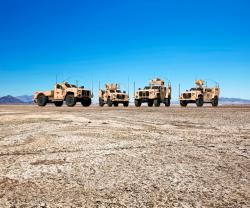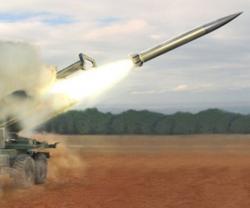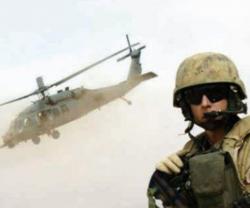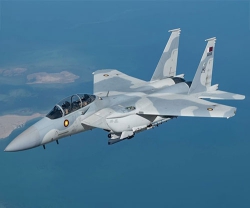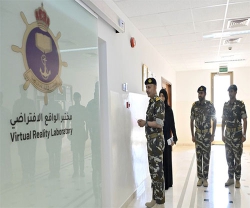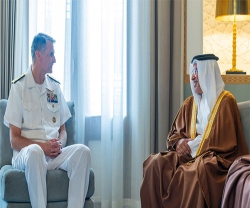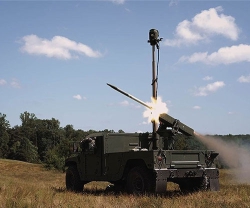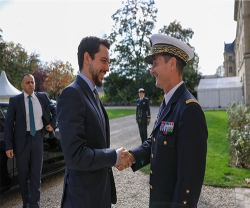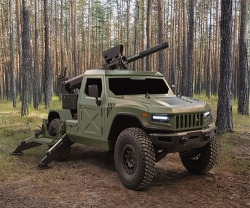Oshkosh Defense, LLC, an Oshkosh Corporation company, will recapitalize 1,212 Family of Heavy Tactical Vehicles (FHTV) and produce 345 trailers following multiple orders from the U.S. Army valued at more than $430 million. Oshkosh will upgrade the Army’s fleet of Heavy Expanded Mobility Tactical Trucks (HEMTT) and Palletized Load Systems (PLS) to provide the same performance and life cycle cost advantages as new production vehicles. All work performed under the contract will be completed in Oshkosh, Wis., with deliveries occurring from 2016 to 2017.
“We understand the critical need to improve reliability for in-theater operations without sacrificing performance on aging vehicle fleets. That is why Oshkosh recapitalized vehicles are assembled on the same production line as new vehicles, and complete the same extensive performance tests and inspection procedures as new vehicles,” said John Bryant, Senior Vice President of Defense Programs at Oshkosh Defense.
Since 1995, Oshkosh has recapitalized more than 12,000 of the U.S. Army’s heavy vehicles to equip soldiers with the latest technology and safety upgrades to achieve operational readiness. Through recapitalization, heavily used vehicles are returned to Oshkosh, stripped to the frame rails and completely rebuilt to like-new condition.
The Oshkosh HEMTT is the backbone of the Army’s logistics fleet with a 13-ton payload and multiple variants for a wide range of operations. Oshkosh’s latest configuration, the HEMTT A4, brings significant improvements in power, maintenance and safety to the battlefield, traversing even the most challenging environments easier and more efficiently.
The Oshkosh PLS A1 supports the Army’s distribution and resupply system by providing unparalleled performance for loading, unloading and delivering ammunition and other critical supplies needed in battle. The PLS carries a wide range of cargo and is specially designed to load and unload a variety of flatrack or ISO compatible containers on its own. The latest configurations of FHTV trucks also include air-conditioned and armor-ready cabs, electrical upgrades and anti-lock braking to help keep soldiers safe.
Furthermore, Oshkosh Defense, LLC announced that the U.S. Army has placed an order for the Joint Light Tactical Vehicle (JLTV) program including 657 vehicles, 2,977 installed kits and related support. The order, which will serve both the U.S. Army and Marine Corps, is valued at more than $243 million.
“The JLTV program is providing our Soldiers and Marines with the world’s most capable light tactical vehicle. The Oshkosh JLTV will be the platform our troops depend on to keep them safe as they perform future military operations outside-the-wire,” said Wilson R. Jones, Oshkosh Corporation President and Chief Executive Officer.
The JLTV program remains a top priority for the Department of Defense, filling a critical capability gap for the U.S. Army and Marine Corps by replacing a large portion of the legacy uparmored HMMWV fleet with a modern light protected vehicle.
The JLTV provides unprecedented protection and off-road mobility, as well as transportability via air, land and sea. The JLTV production contract calls for Oshkosh to deliver a total of nearly 17,000 vehicles, as well as kits and services over an eight-year period with first vehicle delivery in October 2016. The vehicles, trailers and installed kits for this order will be delivered by first quarter FY18.
The Oshkosh JLTV delivers the latest in automotive technologies, the Oshkosh Core1080™ crew protection system, and the Oshkosh TAK-4i™ intelligent independent suspension system to provide the ultimate combination of protection and mobility. The JLTV Family of Vehicles is comprised of two variants, a two seat and a four seat variant, as well as a companion trailer (JLTV-T). The two seat variant has one base vehicle platform, the Utility (JLTV-UTL). The four seat variant has two base vehicle platforms, the General Purpose (JLTV-GP) and the Close Combat Weapons Carrier (JLTV-CCWC). The Oshkosh JLTV is scalable and adaptable to future missions and unknown threats for decades to come.

